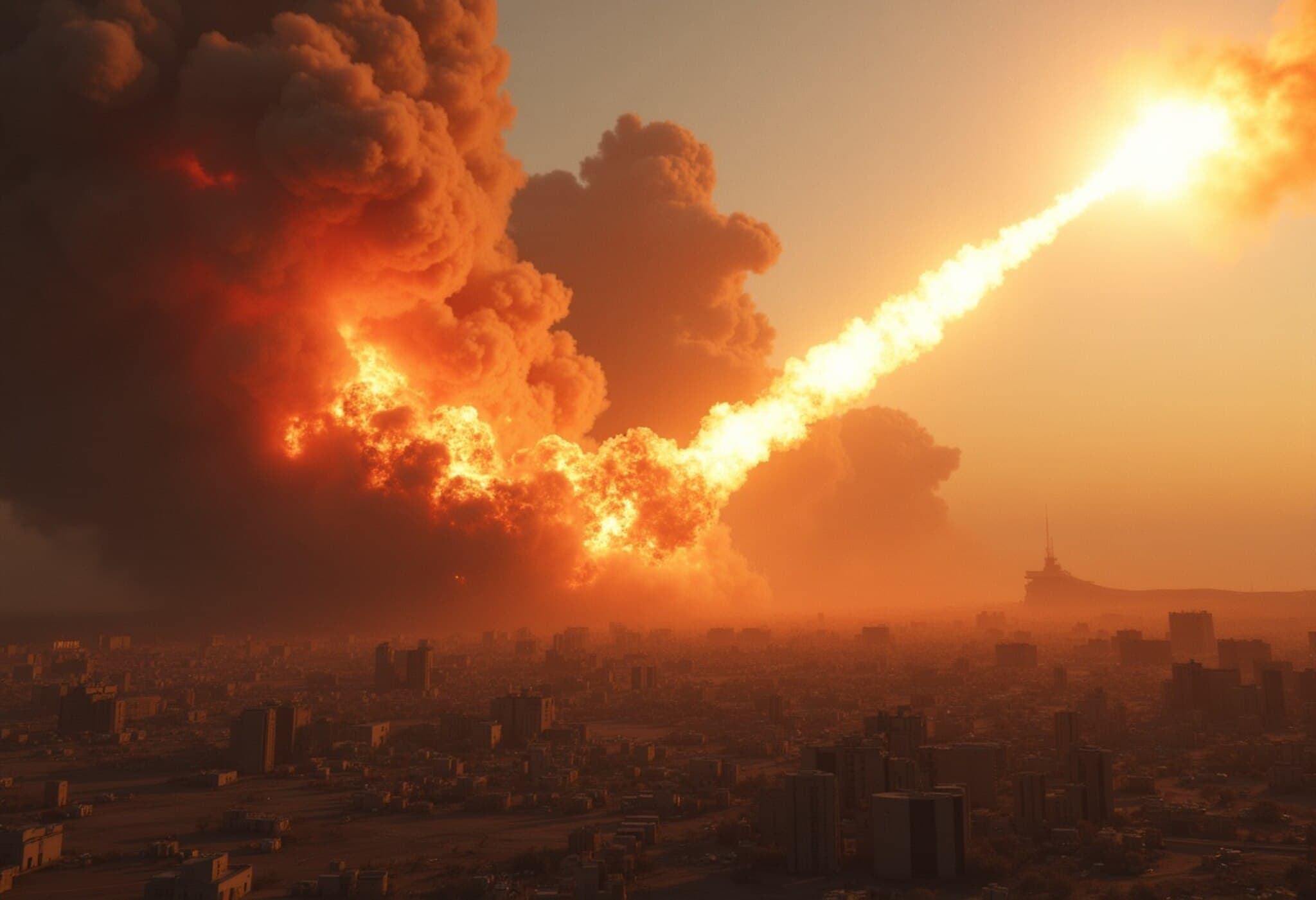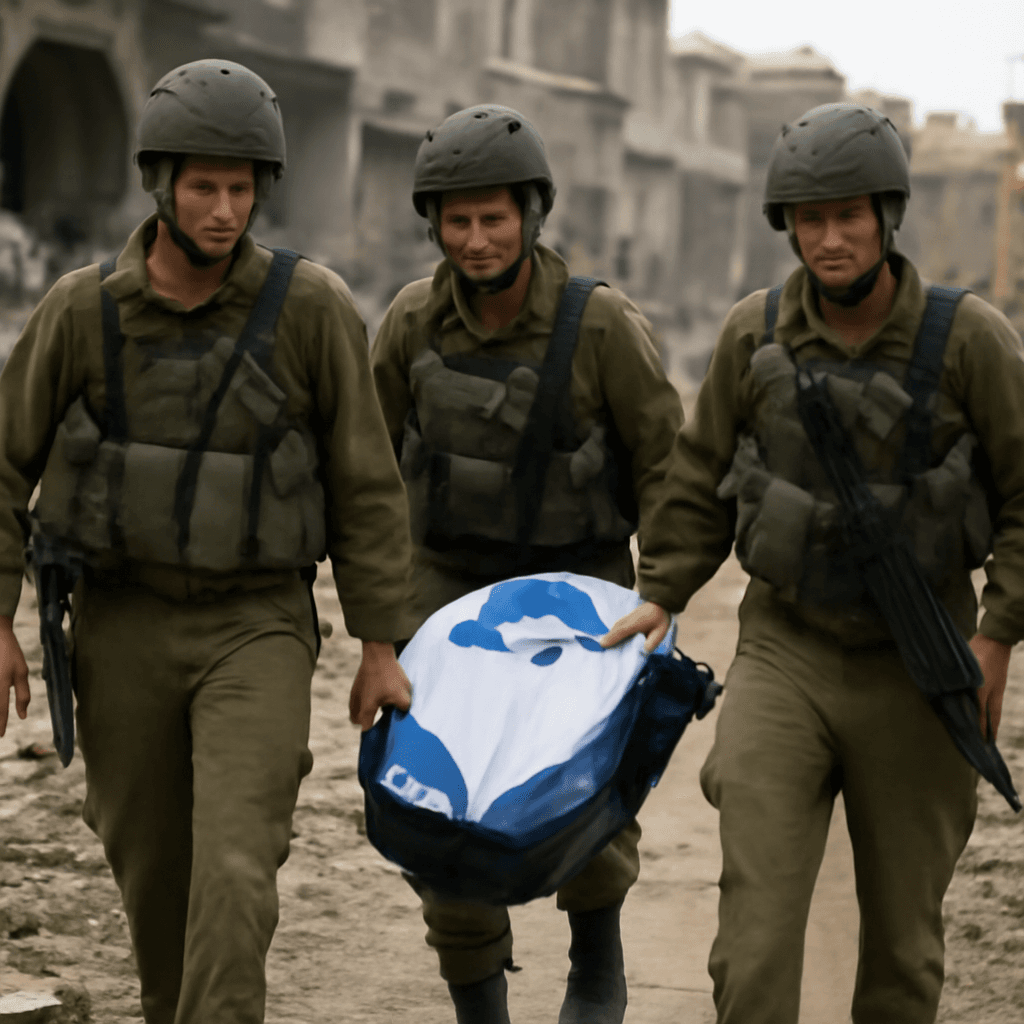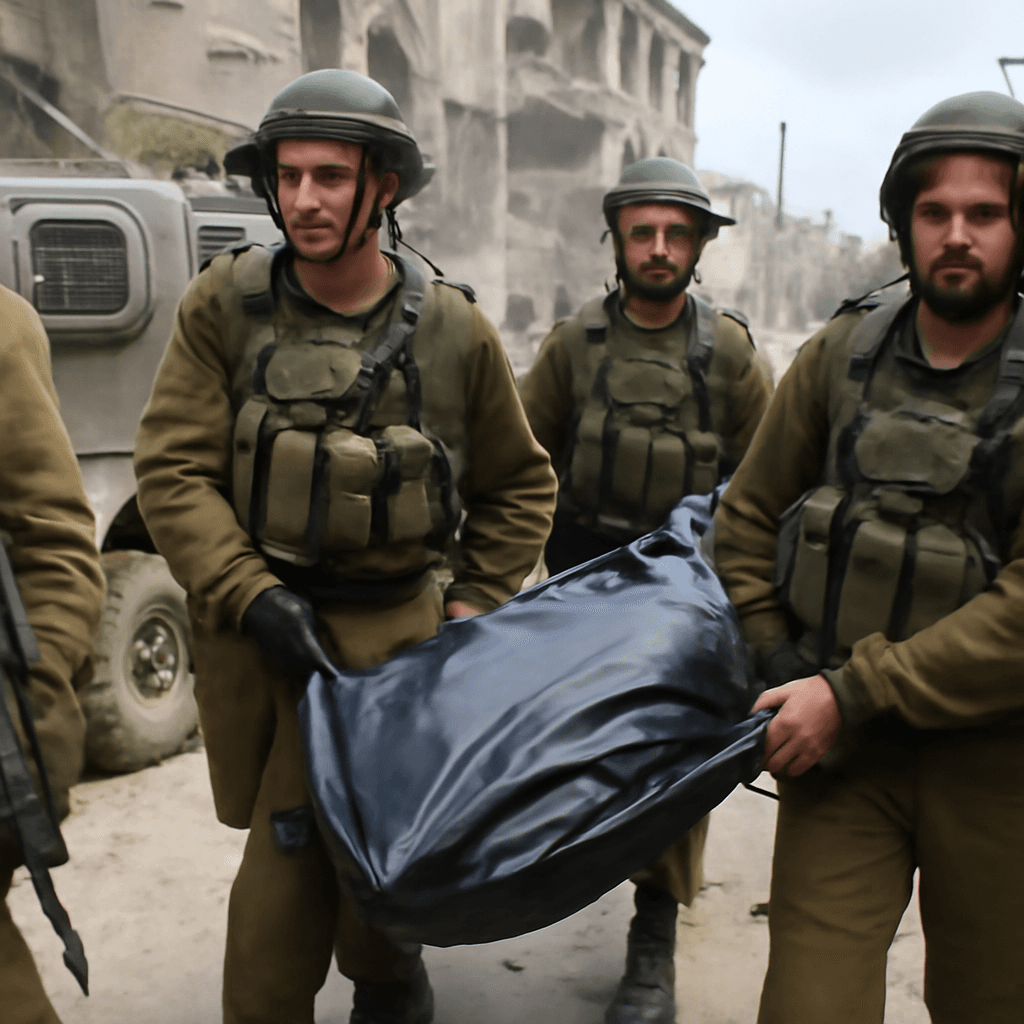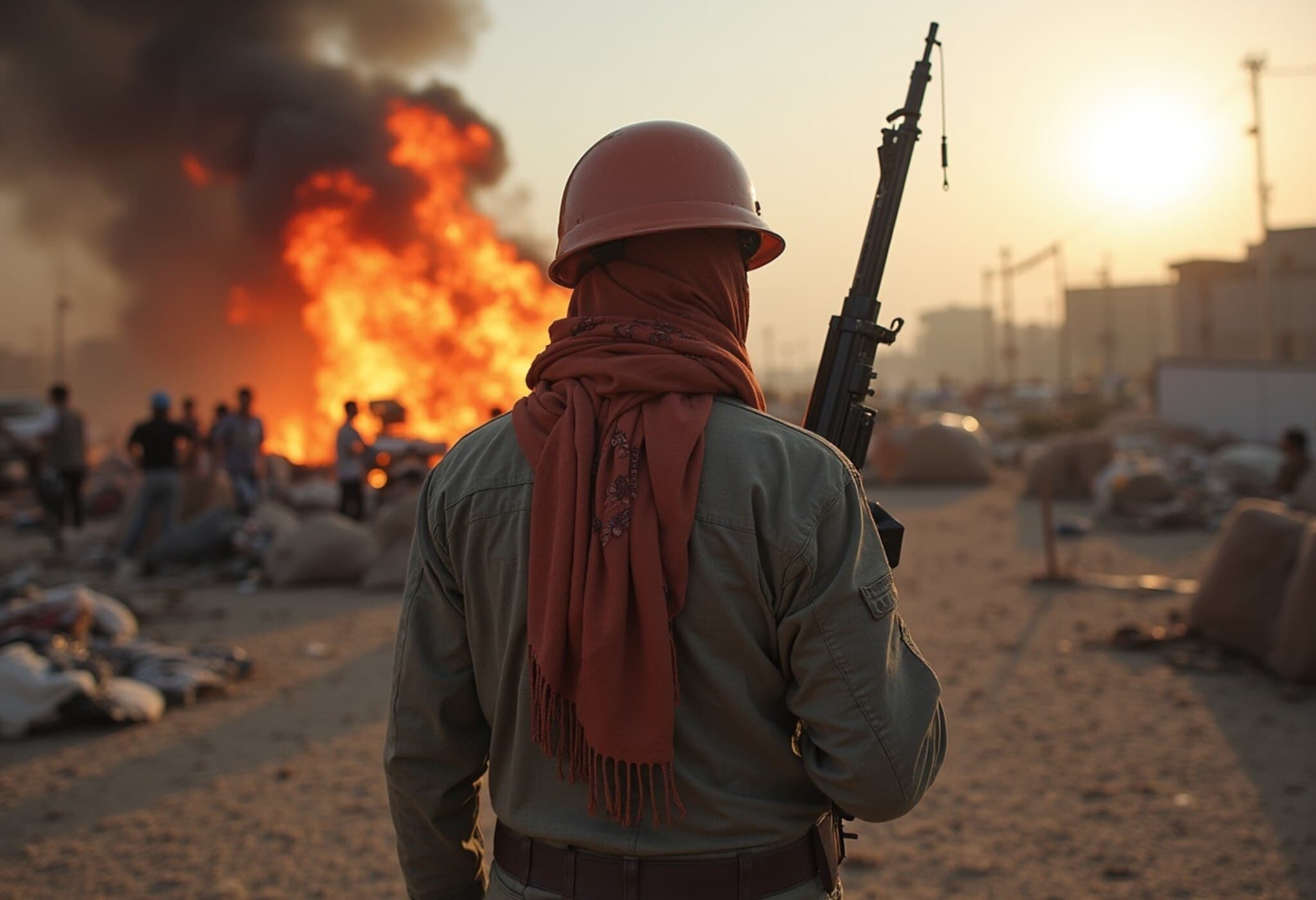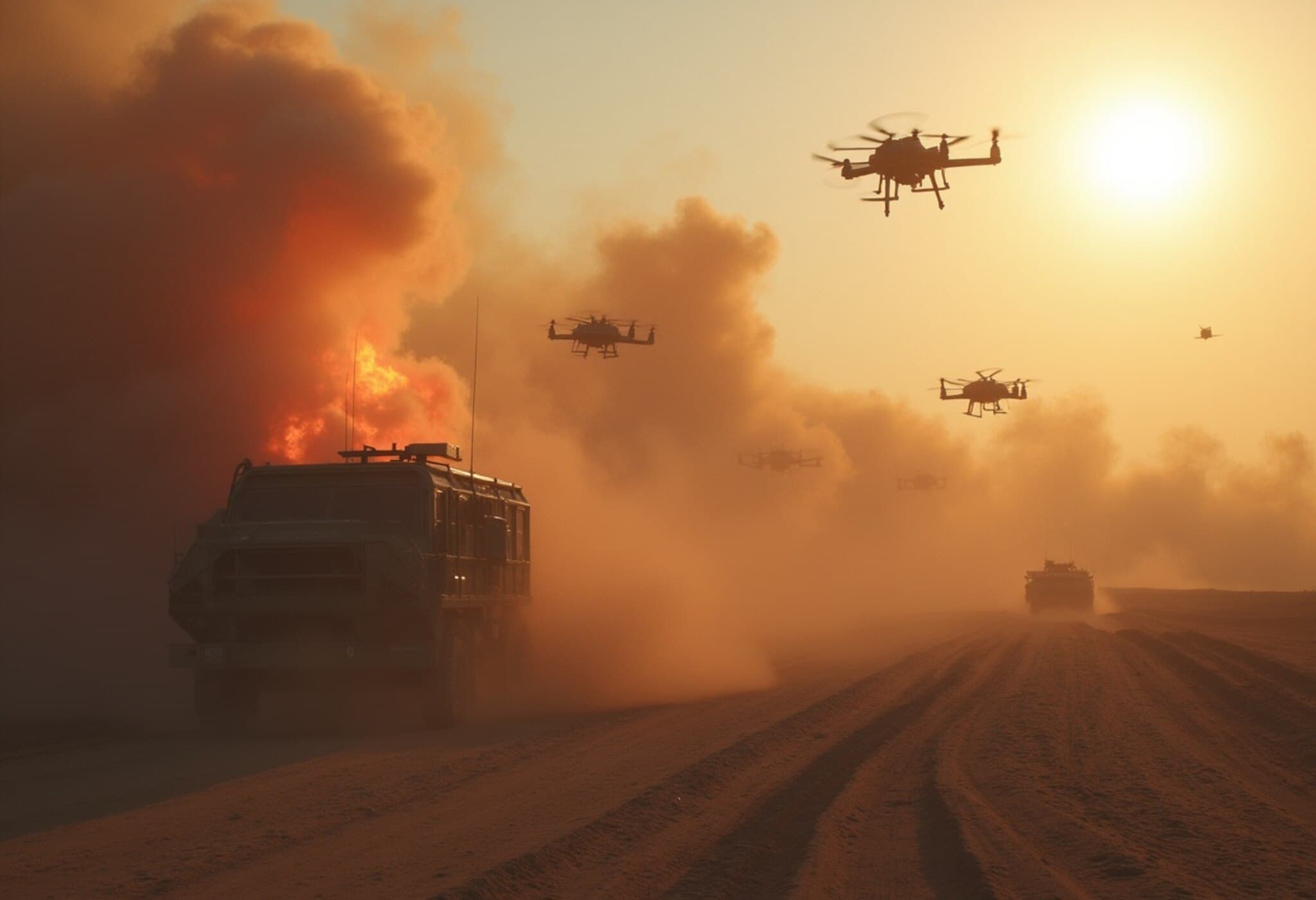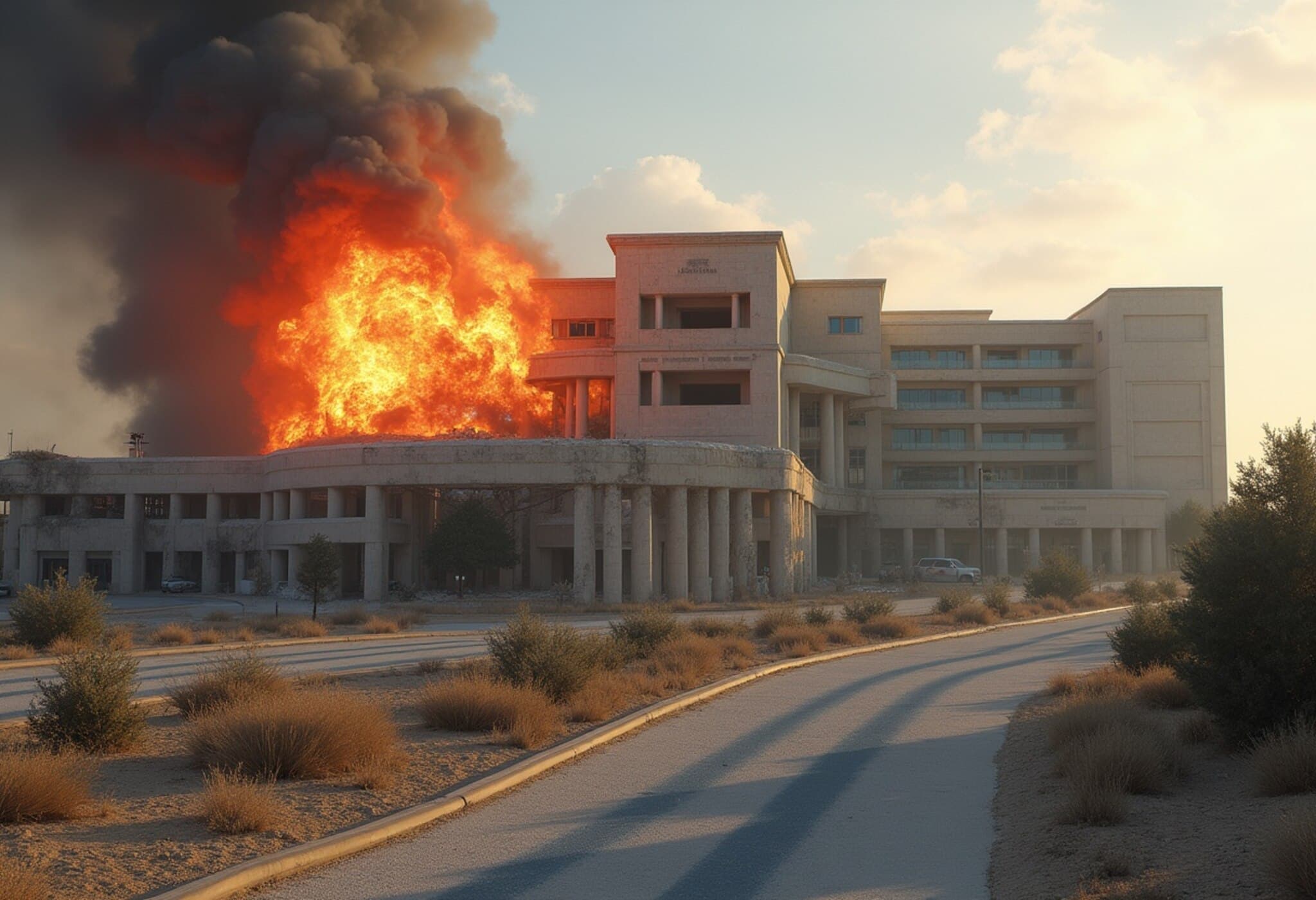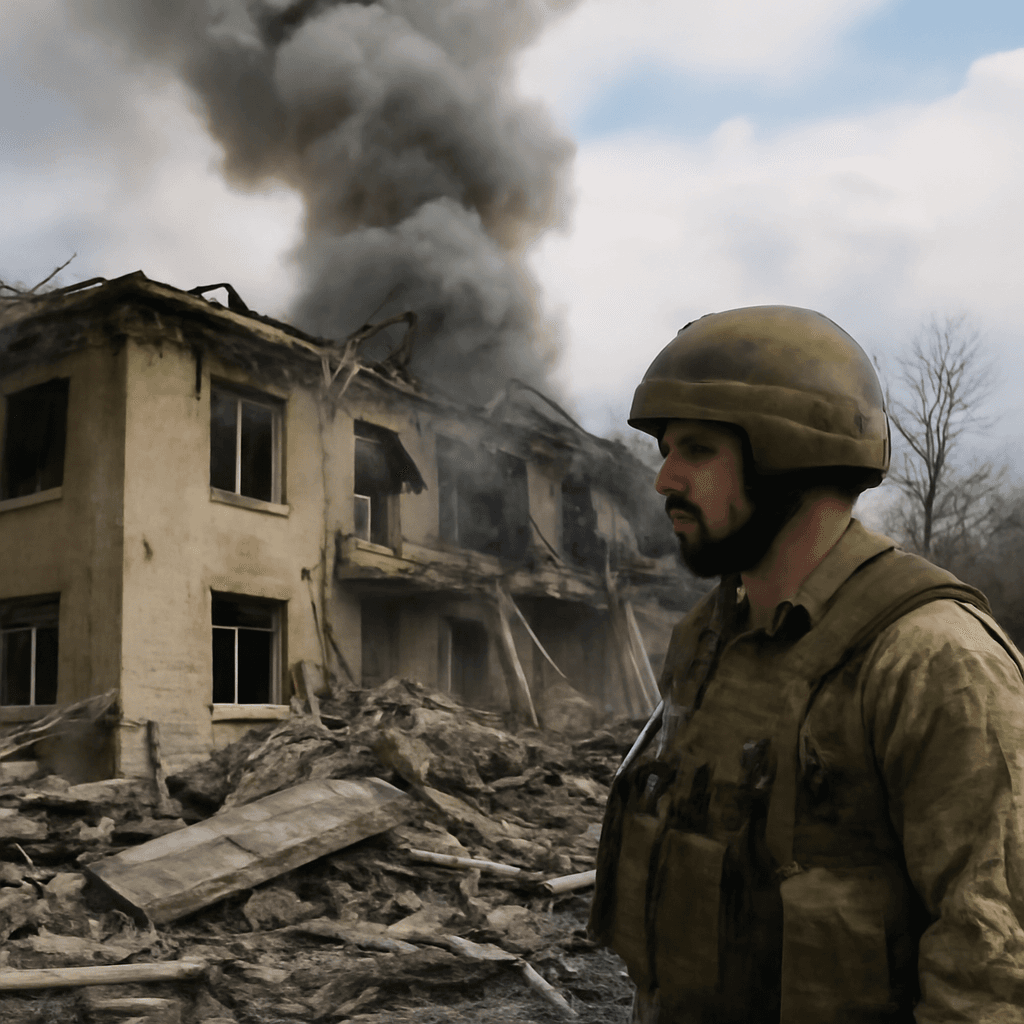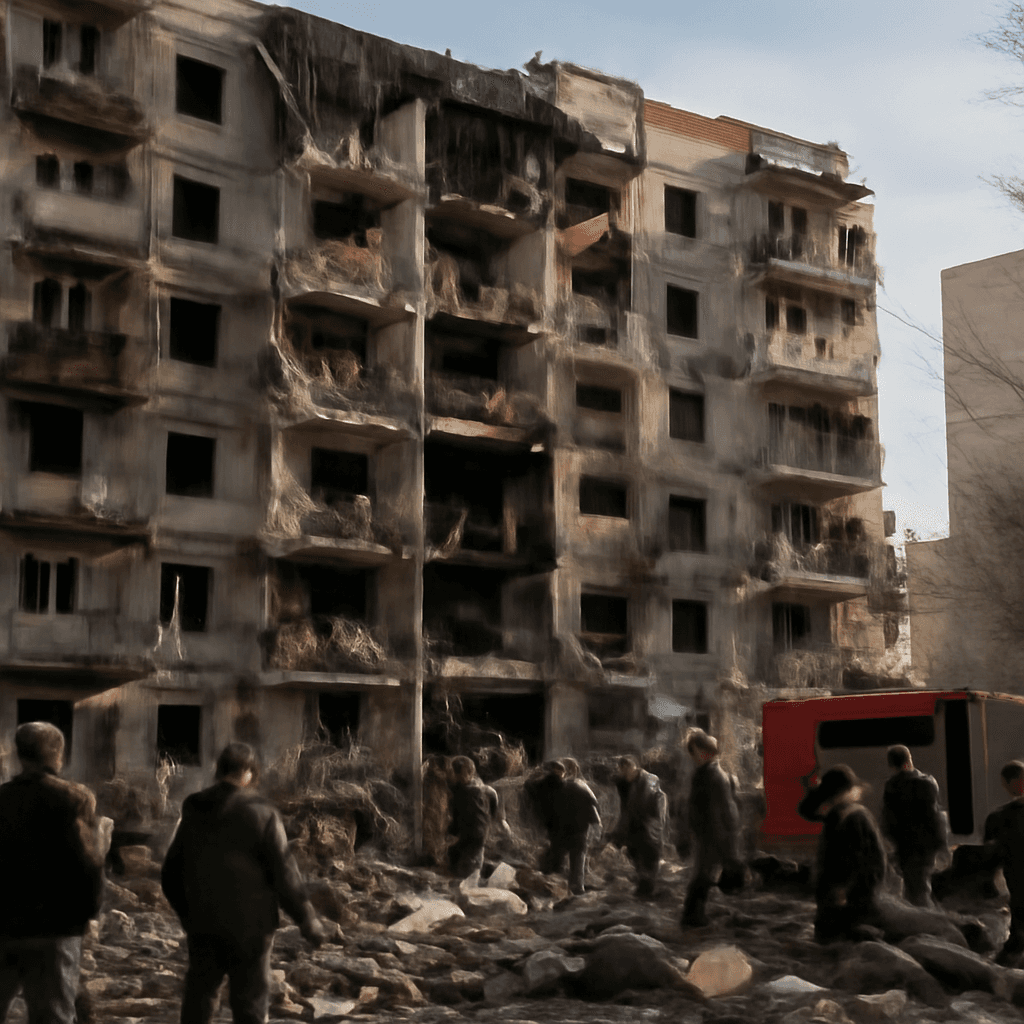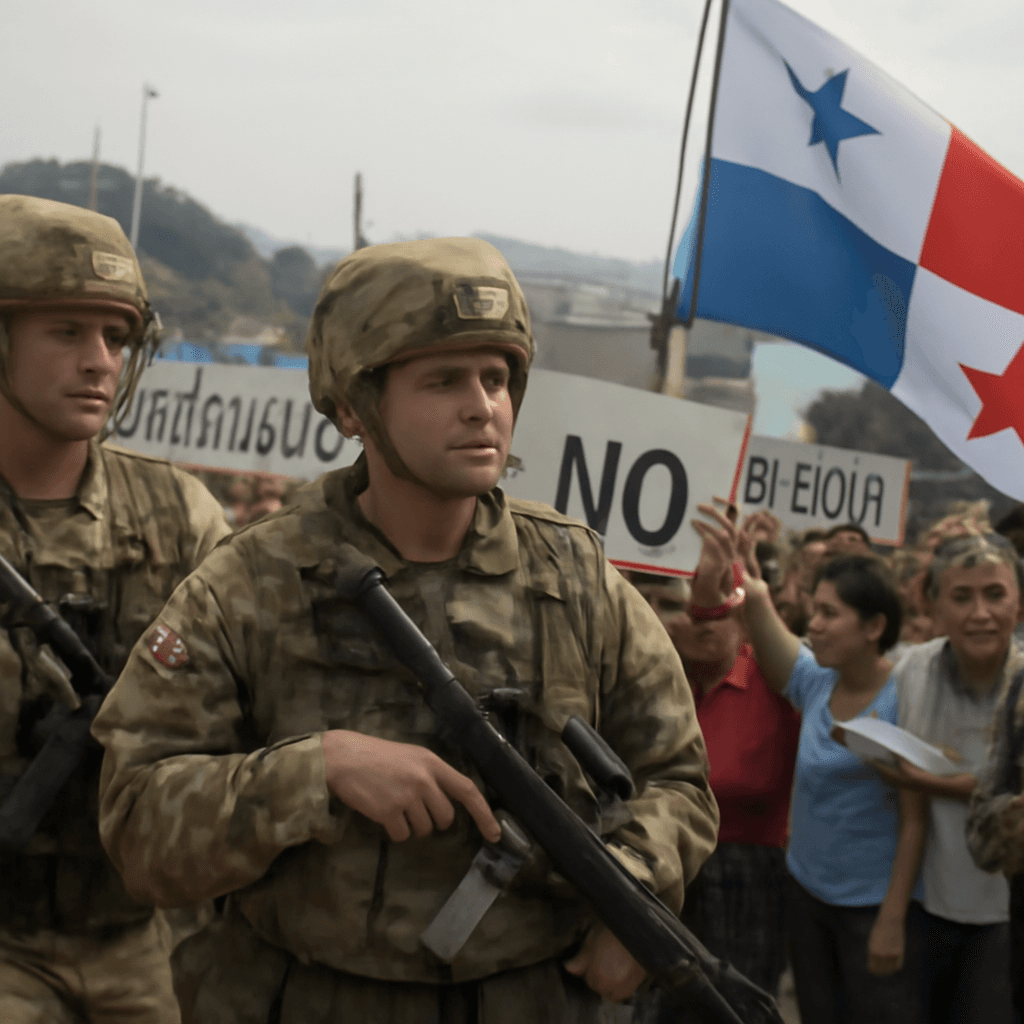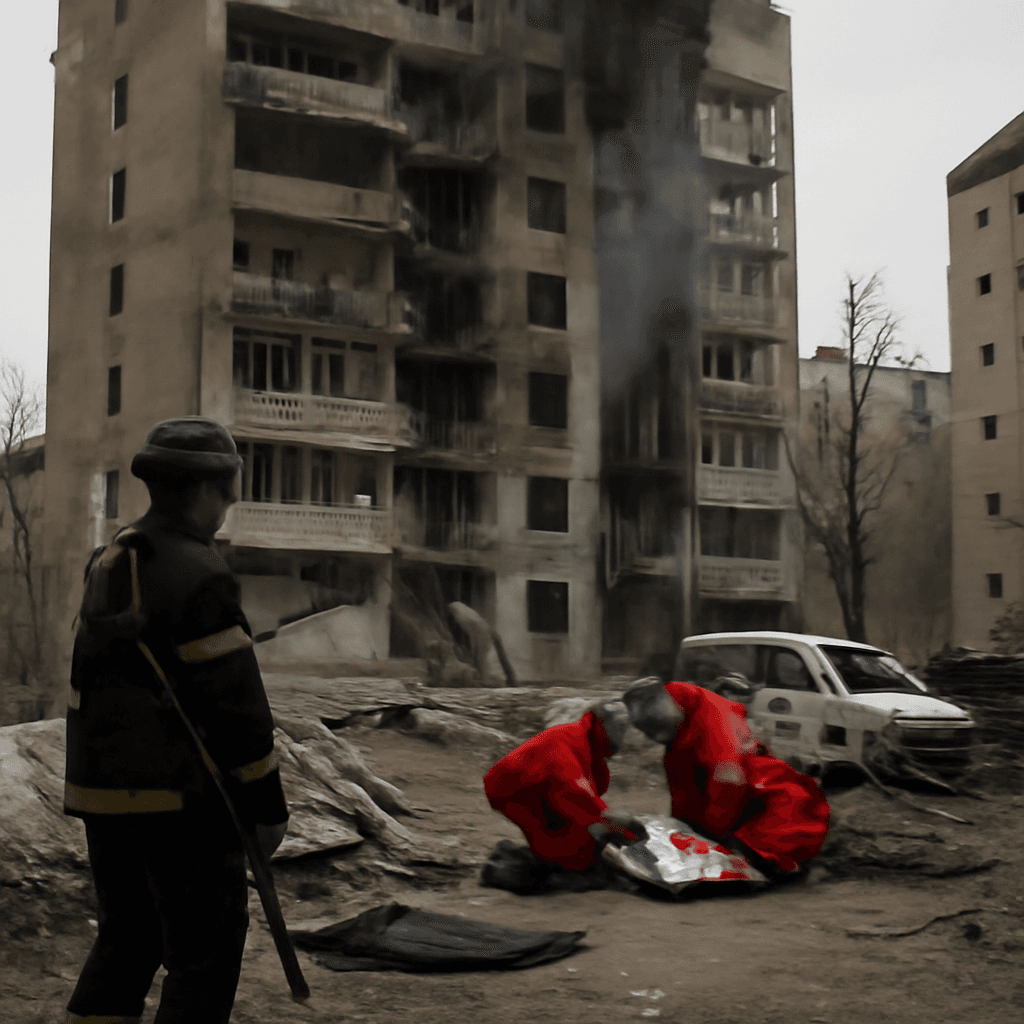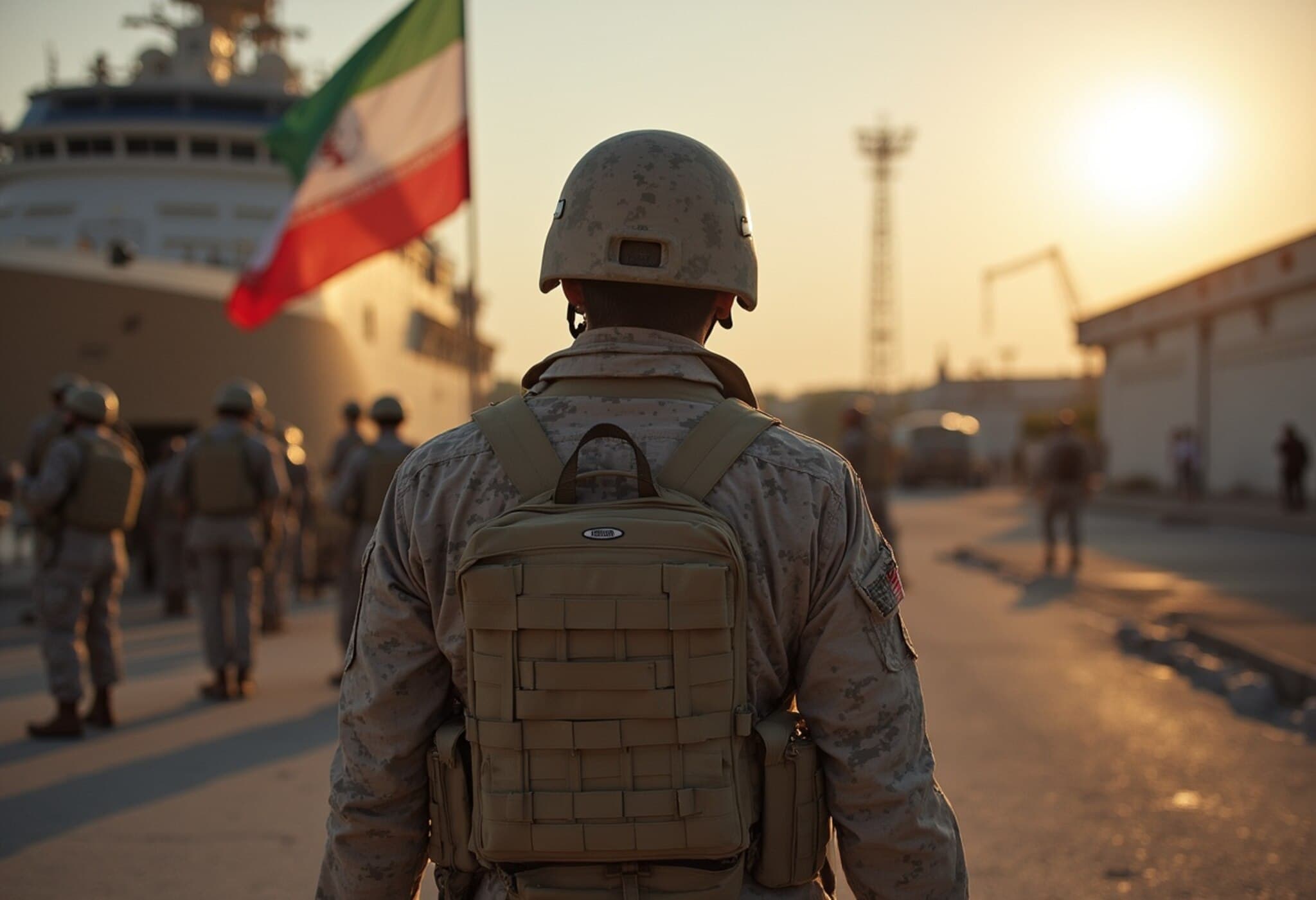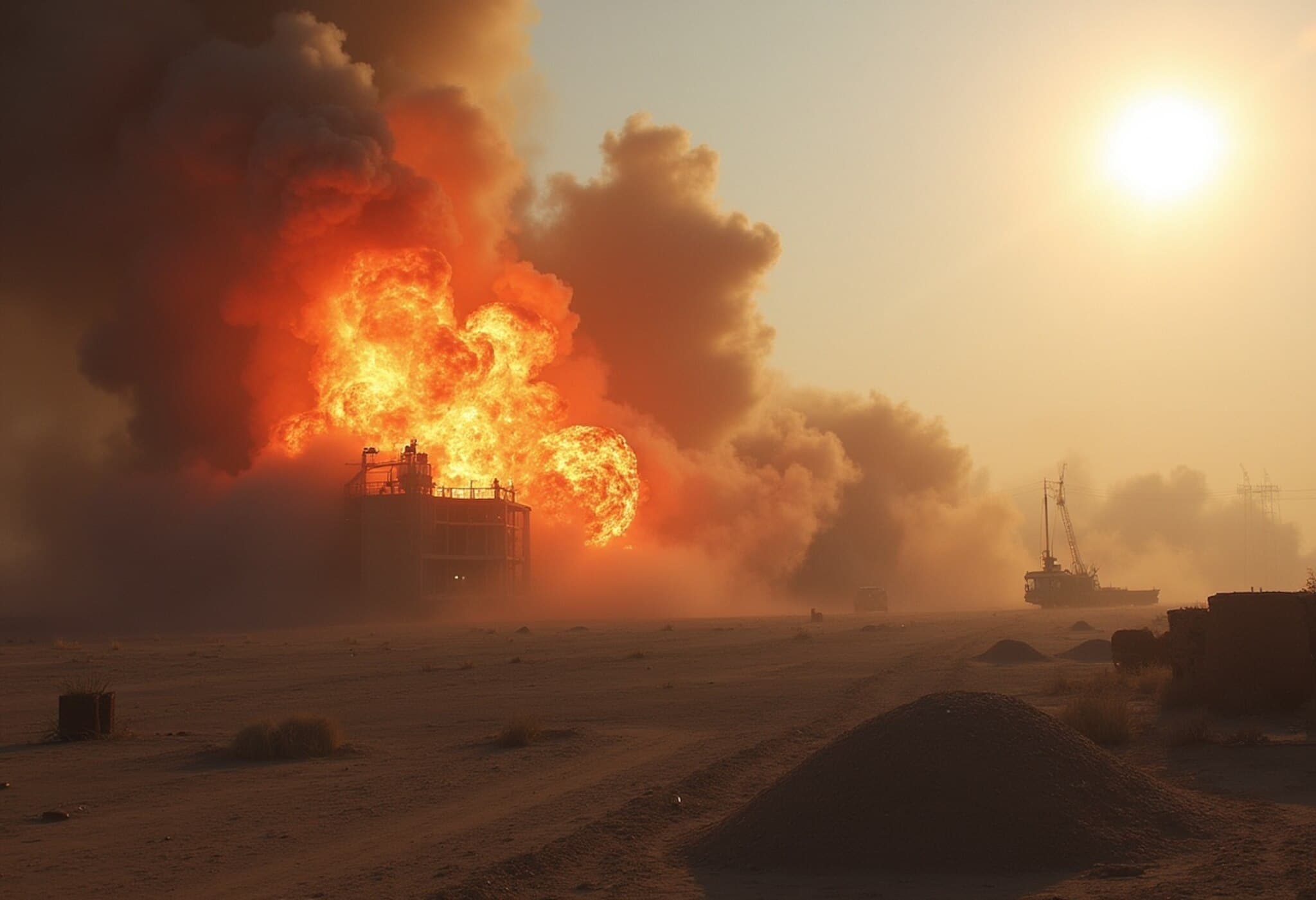A Week into the Iran-Israel War: Escalation and Aftermath
The conflict between Israel and Iran has reached day seven, escalating into a fierce exchange of airstrikes, missile barrages, and significant casualties. What started as Israel’s preemptive operation to halt Iran’s nuclear advancements has now spiraled into a destructive confrontation impacting civilians and strategic locations on both sides.
Major Incidents Shaping the Conflict
1. Iranian Missile Hits Soroka Medical Center in Beersheba
An Iranian ballistic missile struck the Soroka Hospital in southern Israel’s Beersheba, damaging one of the surgical buildings. Despite the hospital servicing over one million residents across varied communities, prior warnings allowed many to evacuate, resulting primarily in minor injuries. Emergency teams were quick to respond amid visible smoke at the scene.
2. Hundreds Injured in Iranian Missile Attacks
Thursday's missile barrage from Iran wounded approximately 240 individuals across Israel, mostly with minor injuries. The hospital strike alone accounted for more than 70 of these cases, while four people suffered serious injuries as confirmed by Israel’s Health Ministry.
3. Israeli Airstrikes Damage Iran’s Heavy-Water Reactor
The Israel Defence Forces targeted the under-construction heavy-water reactor near Arak, Khondab, an important nuclear facility slated for operation in 2026. Iranian authorities evacuated the site ahead of the strike, assuring no radiation leaks occurred. Additional hits were reported on centrifuge production and weapons manufacturing centers.
4. Israel Claims Substantial Blow to Iranian Missile Arsenal
According to an IDF spokesperson, over two-thirds of Iran’s missile launchers have been destroyed in the ongoing campaign. However, Iran still retains more than 100 launchers and has launched a combined total of over 450 ballistic missiles and hundreds of drones targeting Israeli military and civilian infrastructure since hostilities began.
International and Political Responses
5. India Initiates Evacuation of Nationals from Conflict Zones
India has activated Operation Sindhu to evacuate its citizens stranded in Israel, following a similar mission in Iran. Evacuations involve land crossings from Israel followed by airlift back to India, ensuring safe passage amid intensifying hostilities.
6. Israel Calls for Elimination of Iran’s Supreme Leader
In the wake of the hospital attack, Israel’s Defence Minister declared that Ayatollah Ali Khamenei poses an existential threat and “can no longer be allowed to exist.” The minister accused Khamenei of commanding assaults on civilian targets and underscored Israel’s hardening stance. Earlier attempts to target Iran's leader were reportedly restrained due to American diplomatic pressure.
7. Iran Accuses UN Nuclear Watchdog of Bias
Tehran’s Foreign Ministry has openly criticized the International Atomic Energy Agency (IAEA) for alleged partiality. This follows an IAEA report accusing Iran of nuclear non-compliance shortly before the conflict erupted, which Iran claims was aligned with Israel’s strategic interests.
8. Iran and Russia Warn Against U.S. Military Involvement
Iranian and Kremlin officials have cautioned the U.S. against entering the conflict directly. Iran has made clear it has “all necessary options” if Washington intervenes, while Russia predicted such a move could trigger a dangerous escalation across the region.
Military Posturing and Advanced Weaponry
9. U.S. Repositions Forces Amid Rising Threats
The United States has moved key military assets from bases in Qatar and Bahrain to protect forces from potential Iranian retaliation. Officials emphasize these are defensive maneuvers, with no active U.S. offensive operations underway. The administration is deliberating whether to authorize support for Israel’s campaign, including the possible use of specialized bunker-busting munitions.
10. Iran Deploys Advanced Missiles with Multiple Warheads
Israeli intelligence reports reveal Iran has utilized missiles equipped with multiple warheads, complicating Israel’s air defense challenges. Unlike single-warhead missiles, these pose a more complex threat to systems like Israel’s Iron Dome, demanding rapid and precise interception strategies.

